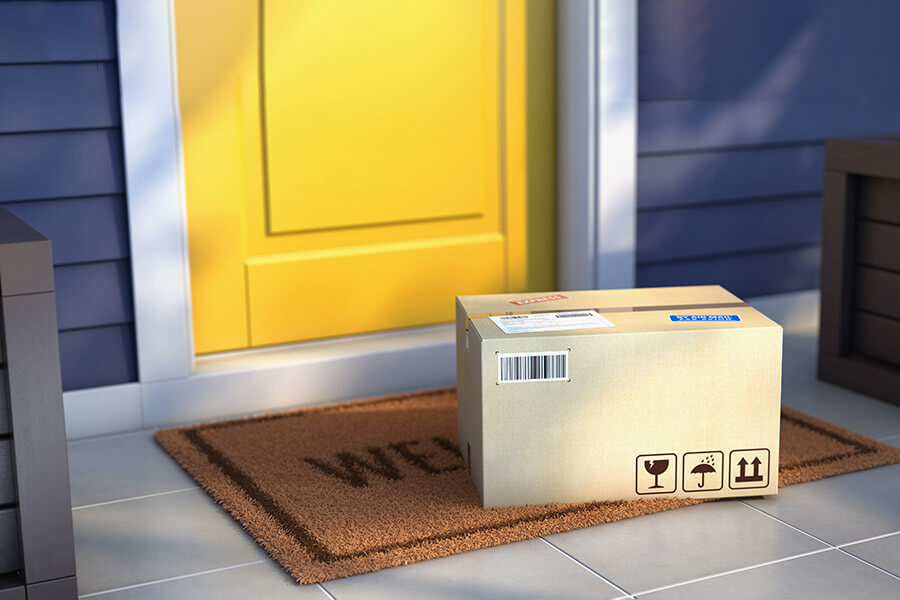4. Volume based shipping discounts for small business
The number of orders you ship and how often you ship them will help you determine your small business shipping strategy. Your shipping strategy defines how you’re going to get orders to your customers and which shipping carrier you’ll use.
In-house order fulfilment and shipping
Small businesses shipping just a few orders a week can likely handle order fulfilment in-house. This means you receive orders, prep the orders for shipping and hand them off to your shipping carrier yourself. Couriers often have tiered shipping discounts for businesses based on the volume of parcels sent our per month. For example, Australia Post’s MyPost Business Rates and Savings Guide provides savings bands for domestic and international shipping.
Outsourcing order fulfilment and shipping for small businesses
It might be time to consider outsourcing your order fulfilment and shipping process if your small business is:
- Shipping more than 100 orders per month
- Consistently shipping interstate and internationally
- Unable to handle order fulfilment in-house
If the above applies to you, outsourced order fulfilment and shipping can save your small business time and money. When you outsource shipping and order fulfilment, a third party stores your inventory, then packs and prepares your orders for shipping. Your fulfilment service will have multiple warehouses, making it faster and cheaper to ship far away from home. Plus, outsourcing order fulfilment and shipping takes the burden of packing orders off your shoulders, allowing you to get back to what you do best. Finally, a small business order fulfilment service increases your capacity to handle more orders and grow your business.
As with shipping couriers, when it comes to order fulfilment services, you have a few options. Fulfilment by Amazon allows businesses to sell products on the Amazon platform. Products are stored in Amazon’s fulfilment centres, then picked, packed and shipped by Amazon. Do some research and look for a fulfilment service that fits your business needs and budget.
Shipping in bulk or very large packages
Businesses shipping lots of packages all the time, or shipping large, heavy packages, might consider freight shipping. Freight shipping allows you to ship heavy packages (over 68 kilograms) or bulk packages by land, air or sea. Businesses typically use freight shipping to ship products from the manufacturer to the fulfilment centre or a retailer.
Many freight companies offer three freight shipping methods:
- Full truckload
- Partial truckload
- Less-than-truckload
For partial or less-than-truckload shipments, you split the cost of the shipment with the other parcels onboard. This makes freight shipments an affordable option for businesses that can’t quite fill a whole truck.
As always, it’s a good idea to shop around. Compare shipping costs and services before committing. Some carriers offer temperature-controlled freight shipments. Others allow you to schedule and manage your freight shipments online. Choose the freight carrier that works for you and your customers.
















